Archives
- 2026-01
- 2025-12
- 2025-11
- 2025-10
- 2025-09
- 2025-04
- 2025-03
- 2025-02
- 2025-01
- 2024-12
- 2024-11
- 2024-10
- 2024-09
- 2024-08
- 2024-07
- 2024-06
- 2024-05
- 2024-04
- 2024-03
- 2024-02
- 2024-01
- 2023-12
- 2023-11
- 2023-10
- 2023-09
- 2023-08
- 2023-06
- 2023-05
- 2023-04
- 2023-03
- 2023-02
- 2023-01
- 2022-12
- 2022-11
- 2022-10
- 2022-09
- 2022-08
- 2022-07
- 2022-06
- 2022-05
- 2022-04
- 2022-03
- 2022-02
- 2022-01
- 2021-12
- 2021-11
- 2021-10
- 2021-09
- 2021-08
- 2021-07
- 2021-06
- 2021-05
- 2021-04
- 2021-03
- 2021-02
- 2021-01
- 2020-12
- 2020-11
- 2020-10
- 2020-09
- 2020-08
- 2020-07
- 2020-06
- 2020-05
- 2020-04
- 2020-03
- 2020-02
- 2020-01
- 2019-12
- 2019-11
- 2019-10
- 2019-09
- 2019-08
- 2019-07
- 2019-06
- 2019-05
- 2019-04
- 2018-11
- 2018-10
- 2018-07
-
Moreover showed reduction in fibroblast
2023-10-27

Moreover, showed 73% reduction in fibroblast growth factor–induced neovascularization in a mouse corneal micropocket assay at a dose of 100mg/kg and 50% reduction at 50mg/kg. Both results were highly statistically significant (Ppsora australia have recently shown only moderate efficacy (40% inhibi
-
In conclusion the partial sequencing and characterization of
2023-10-26

In conclusion, the partial sequencing and characterization of R. quelen cyp19a1b provides essential information about this gene and its presence in peripheral tissues outside of the central nervous system in a teleost. Furthermore, we covered sex differences in the effects of E2 on the cyp19a1b gene
-
br Results Of the U S jurisdictions surveyed Table reported
2023-10-26
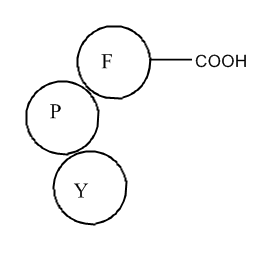
Results Of the 51 U.S. jurisdictions surveyed (Table 1), 33 reported that hyperargininemia is one of the conditions for which all newborns are required to be screened, with the earliest screening reported in Massachusetts in 1999. Of the 18 other jurisdictions, an additional 5 reported that hyper
-
Coincident with APJ receptor several cell types in the body
2023-10-26
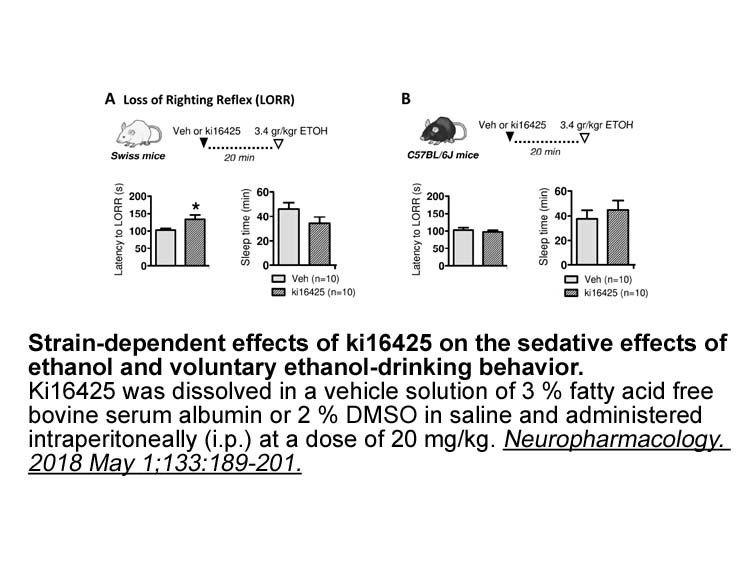
Coincident with APJ receptor, several cell types in the body can synthesize apelin protein. For example, the highest apelin concentrations in the body have been found in the rat central nervous system, pituitary gland, lungs, cardiac muscle, gastrointestinal tract and mammary glands, with lower valu
-
The radiographic correlate will be
2023-10-26
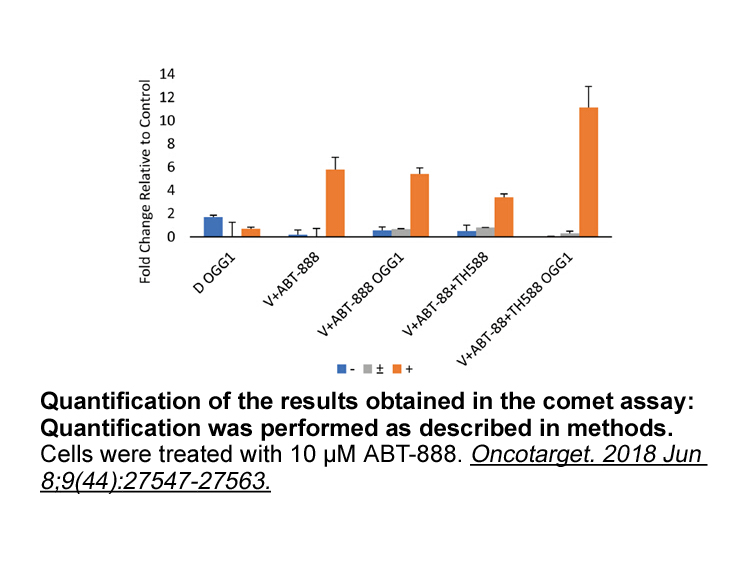
The radiographic correlate will be similarly important for the success of other non-VEGF TKIs, such as those targeting the epidermal growth factor receptor expressed in 50% of high-grade primary 17-ODYA neoplasms. It has been reported that icotinib and gefitinib, epidermal growth factor receptor–TK
-
Akt is another upstream kinase known to phosphorylate
2023-10-26
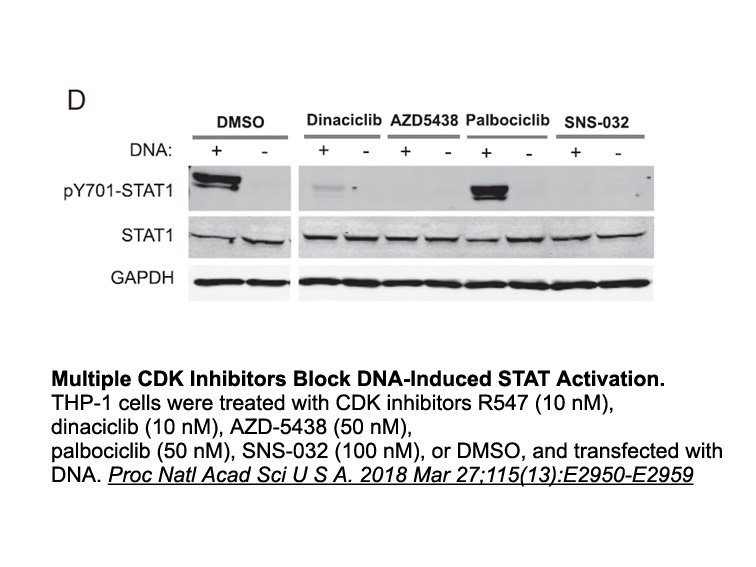
Akt is another upstream kinase known to phosphorylate AMPK Ser489 in response to high insulin levels [7], [21]. HepG2 (R)-(-)-Niguldipine hydrochloride show an increase in phosphorylation of AMPK at Ser485 when incubated with either insulin or troglitazone individually (Fig. 5A and C). Despite this
-
There are several reports providing evidences that functiona
2023-10-26
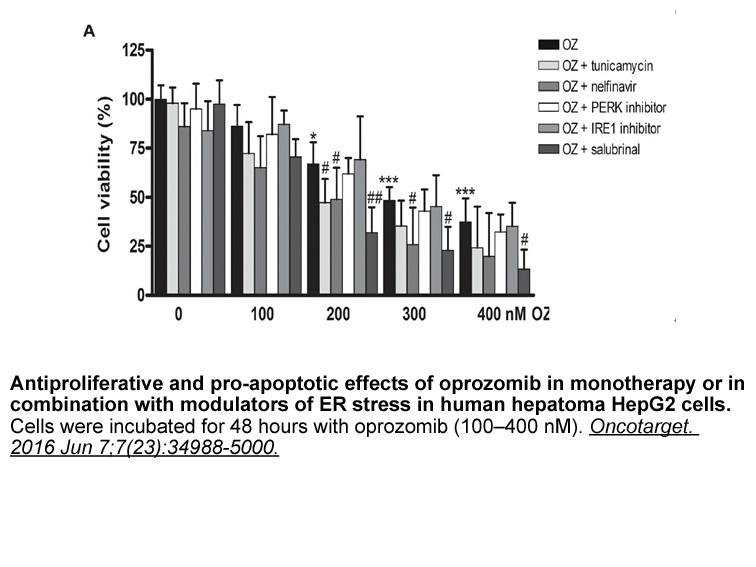
There are several reports providing evidences that functional and mechanistic connection between Sirt1 and LKB1/AMPK in metabolic regulation [26], [32], [33]. It has been reported that the deacetylation of LKB1 by Sirt1 is one of the determining factors of the subcellular localization of LKB1. In ag
-
The random zero offset of accelerometer and gyroscope
2023-10-26
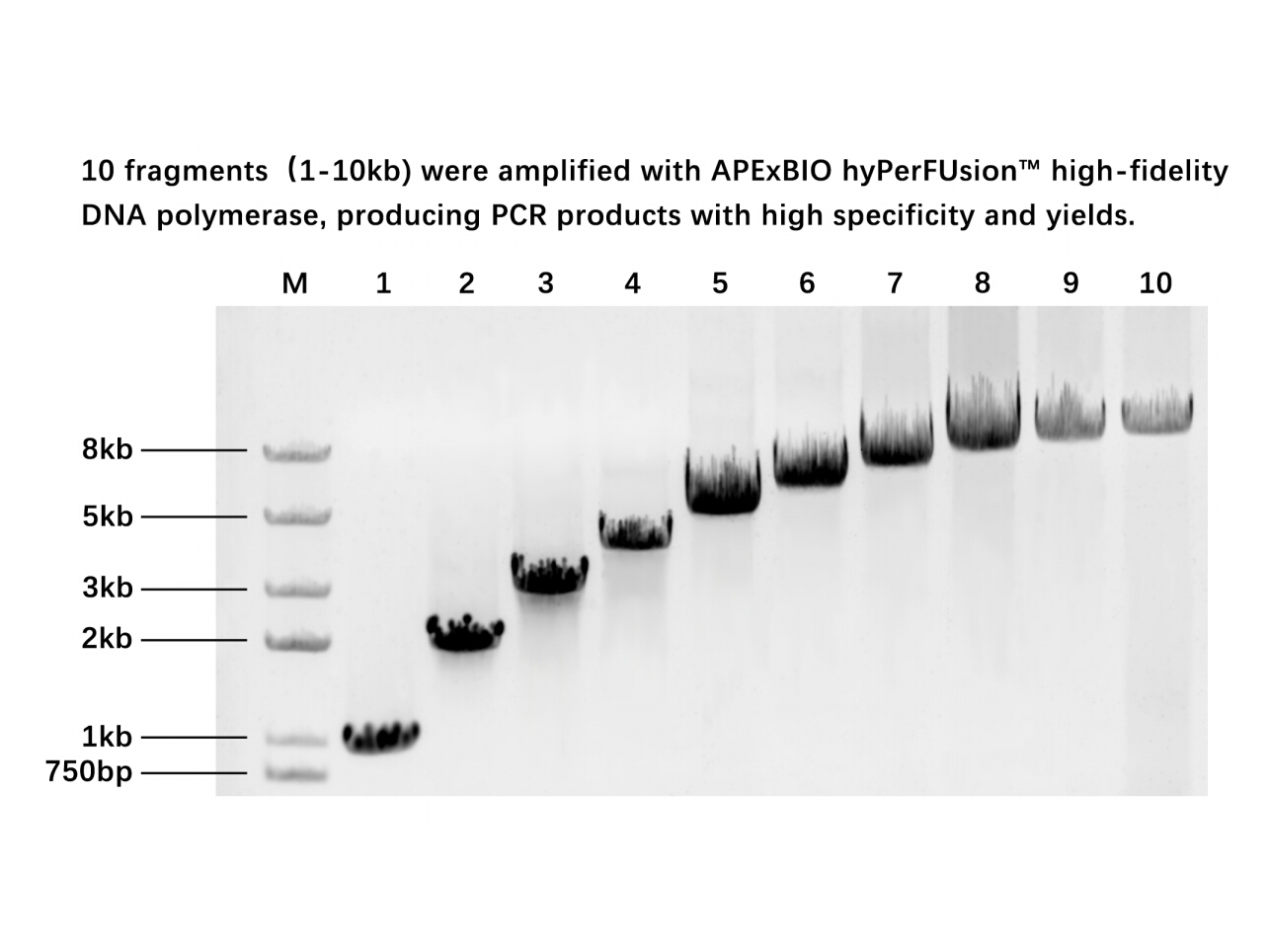
The random zero offset of accelerometer and gyroscope estimated by two-step observation update Kalman filter are shown in Table 2, one group of estimated results is shown in Fig. 3. Contrast with the data from Eq. (23) and the ones from Fig. 3 and Table 2, it can be seen that the random zero offset
-
br Acknowledgments br Introduction Within the classical secr
2023-10-26
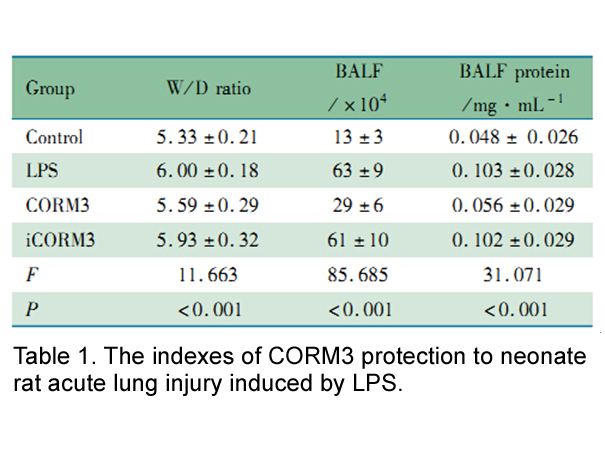
Acknowledgments Introduction Within the classical secretory pathway, transmembrane and soluble cargos travel via the endoplasmic reticulum (ER) and Golgi apparatus en route to their final destinations [1]. However, at a post-Golgi level, trafficking routes can diverge. In this context, the tra
-
Introduction hydroxytryptamine HT is found throughout the bo
2023-10-26
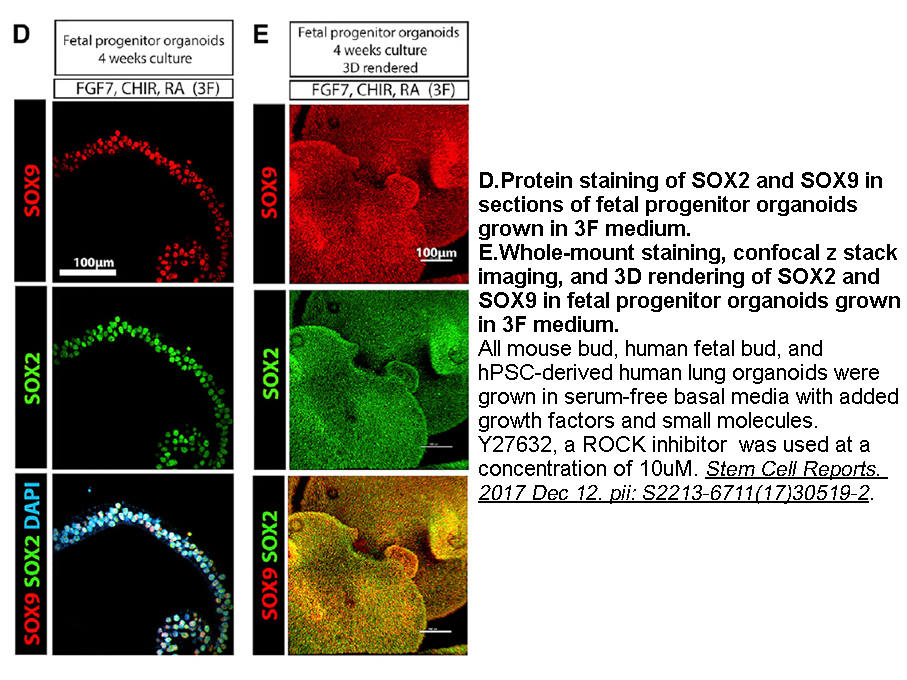
Introduction 5-hydroxytryptamine (5-HT) is found throughout the body and influences smooth muscle activity in various tissues including the intestine, vasculature and urinary Fosinopril sodium receptor (Kim and Camilleri, 2000, Klarskov and Horby-Petersen, 1986, Mohammad-Zadeh et al., 2008). The cu
-
br Experimental section br Conflicts of interest br Acknowle
2023-10-26

Experimental section Conflicts of interest Acknowledgments This work was partly supported by INSA-Rouen, Rouen University, CNRS, Labex SynOrg (ANR-11-LABX-0029), Région Haute-Normandie. Introduction A key component of the integrated management of key pests such as codling moth (Cydia po
-
It has been known that LOX is
2023-10-26

It has been known that 5-LOX is the rate-limiting enzyme for the products of LTs, and LTs actively participate in the activation of neutrophils [10]. In our study, we determined whether 5-LOX was upregulated in pancreatic tissues during ANP. Moreover, we investigated whether the inhibition of expres
-
As we previously observed in the NSFT Fukumoto et
2023-10-26
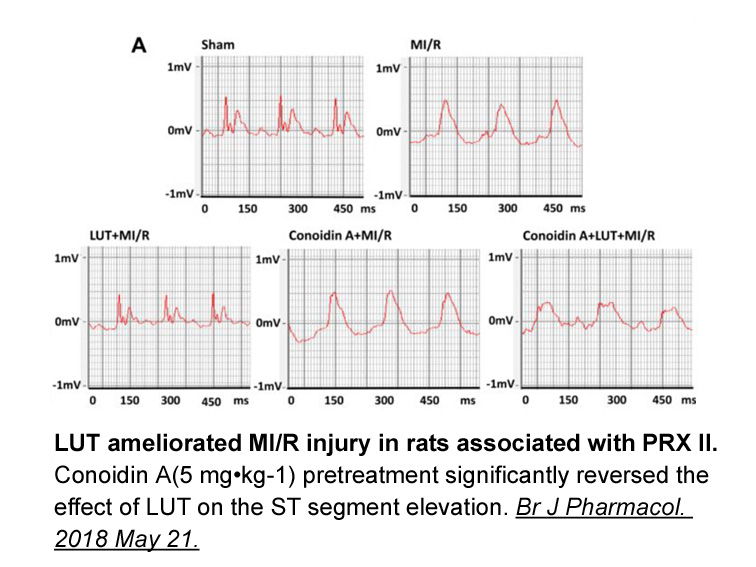
As we previously observed in the NSFT (Fukumoto et al., 2014), the effect of LY341495 in the FST was also inhibited by a 5-HT1A receptor antagonist, indicating the role of the 5-HT1A receptor in the actions of LY341495. Among the 5-HT1A receptors, which exist both presynaptically and postsynapticall
-
br Conclusion br Conflicts of interest br Introduction RNA i
2023-10-26
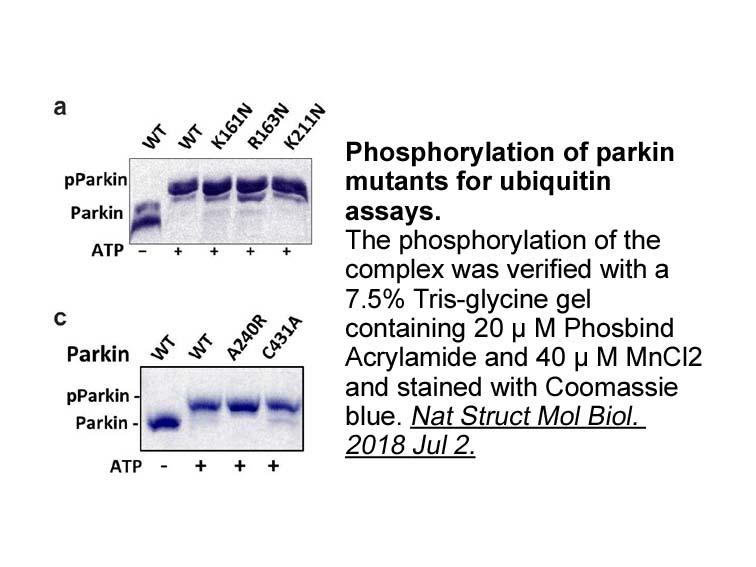
Conclusion Conflicts of interest Introduction RNA interference is a specific post-transcriptional gene silencing mechanism within a cell via the transfection of microRNAs (miRNA), exogenous small interfering RNAs (siRNA) or small hairpin RNAs (shRNA) [1–3]. Transfection of shRNA can be done
-
Acknowledgments br P c is expressed in several
2023-10-26
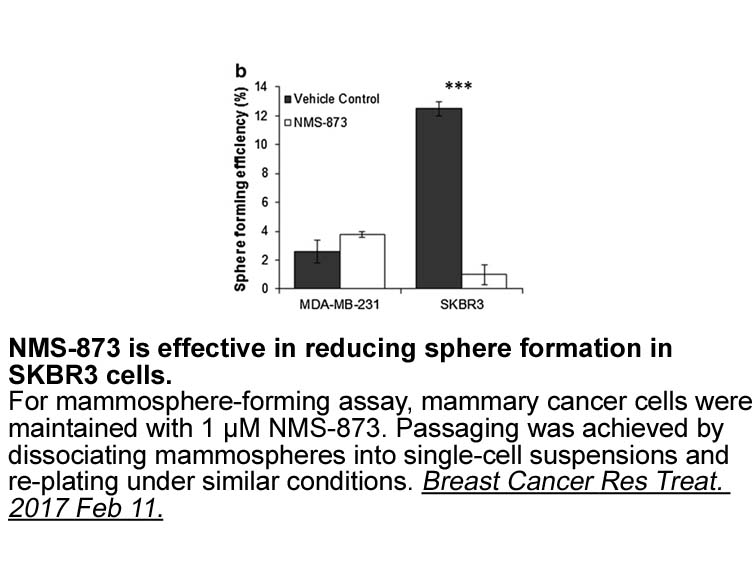
Acknowledgments P450c17 is expressed in several steroidogenic tissues, including the adrenal cortex, the ovary, and the testes (). Thus, 17α-hydroxylase/17,20-lyase is a key enzyme required for the production of both cortisol and sex steroids. This enzyme defect blocks the synthesis of cortisol,
15929 records 265/1062 page Previous Next First page 上5页 261262263264265 下5页 Last page